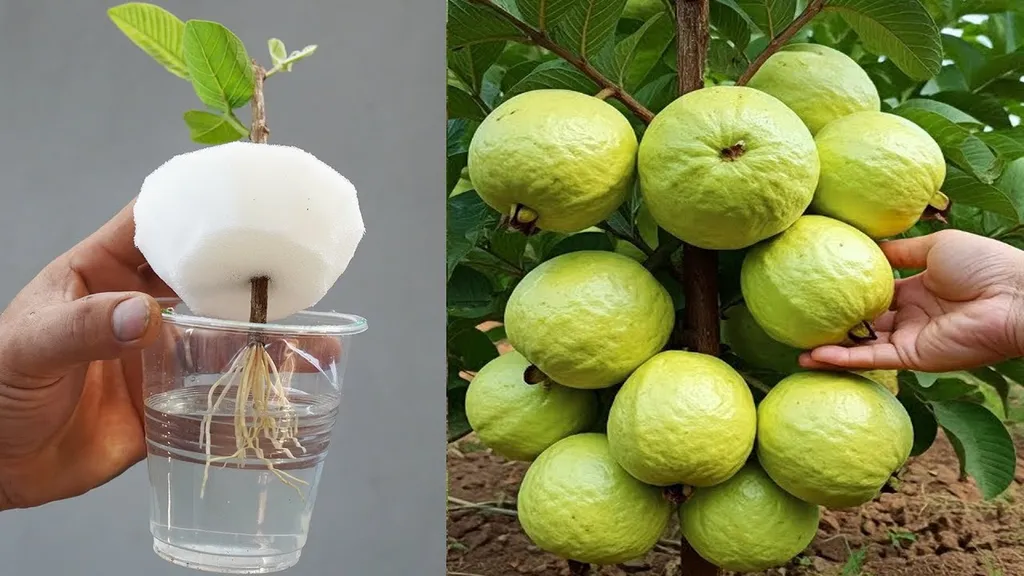In the world of guava cultivation, seed hardness has long been a thorny issue, quite literally. It’s a trait that can make or break consumer preference, and thus, it’s a critical factor in guava breeding. A recent study published in *Applied Food Research* (translated from Hindi as “Practical Food Research”) has shed new light on this issue, offering insights that could reshape guava processing and fresh consumption industries.
The study, led by Shubham Jagga from the Division of Fruits and Horticultural Technology at ICAR-Indian Agricultural Research Institute in New Delhi, examined 18 guava genotypes, focusing on seed hardness and related traits. The findings are compelling, with seed hardness ranging from 64.94 N in the Hisar Surkha Variant to a robust 217.73 N in the Sasni genotype.
Jagga and his team discovered that seed hardness is significantly correlated with several factors, including seed index, lignin content, cellulose content, seed width, fruit weight, and fruit width. “We found that in very hard-seeded guava genotypes like Sasni and VNR Bihi, both cellulose and lignin were deposited in a thick layer,” Jagga explained. “In contrast, soft-seeded genotypes like Hisar Surkha Variant and Hisar Surkha had very thin layers of these compounds.”
This research is a game-changer for the guava industry. The categorization of guava genotypes into very hard, hard, and soft-seeded categories based on heatmap analysis of seed hardness, cellulose content, and lignin content provides a valuable tool for breeders and processors alike. “This categorization should be taken into consideration during the selection of guava variety for processing purposes,” Jagga emphasized. “The cellulose and lignin-driven seed hardness in guava can affect the product quality and its palatability.”
The implications for the guava processing industry are significant. By understanding and manipulating seed hardness, processors can enhance product quality and palatability, opening up new markets and opportunities. Fresh consumption markets can also benefit, as consumer preference for softer seeds can be better met through informed breeding and selection.
Moreover, this research could pave the way for future developments in other fruit crops. The insights gained from studying cellulose and lignin in guava seeds could be applied to other fruits, potentially revolutionizing the way we approach breeding and processing in the horticultural industry.
In the ever-evolving world of agritech, this study stands as a testament to the power of scientific inquiry. It’s a reminder that even the humblest of fruits can hold the key to significant advancements, shaping the future of agriculture and food technology. As we look ahead, the guava may well become a symbol of innovation and progress in the field.

